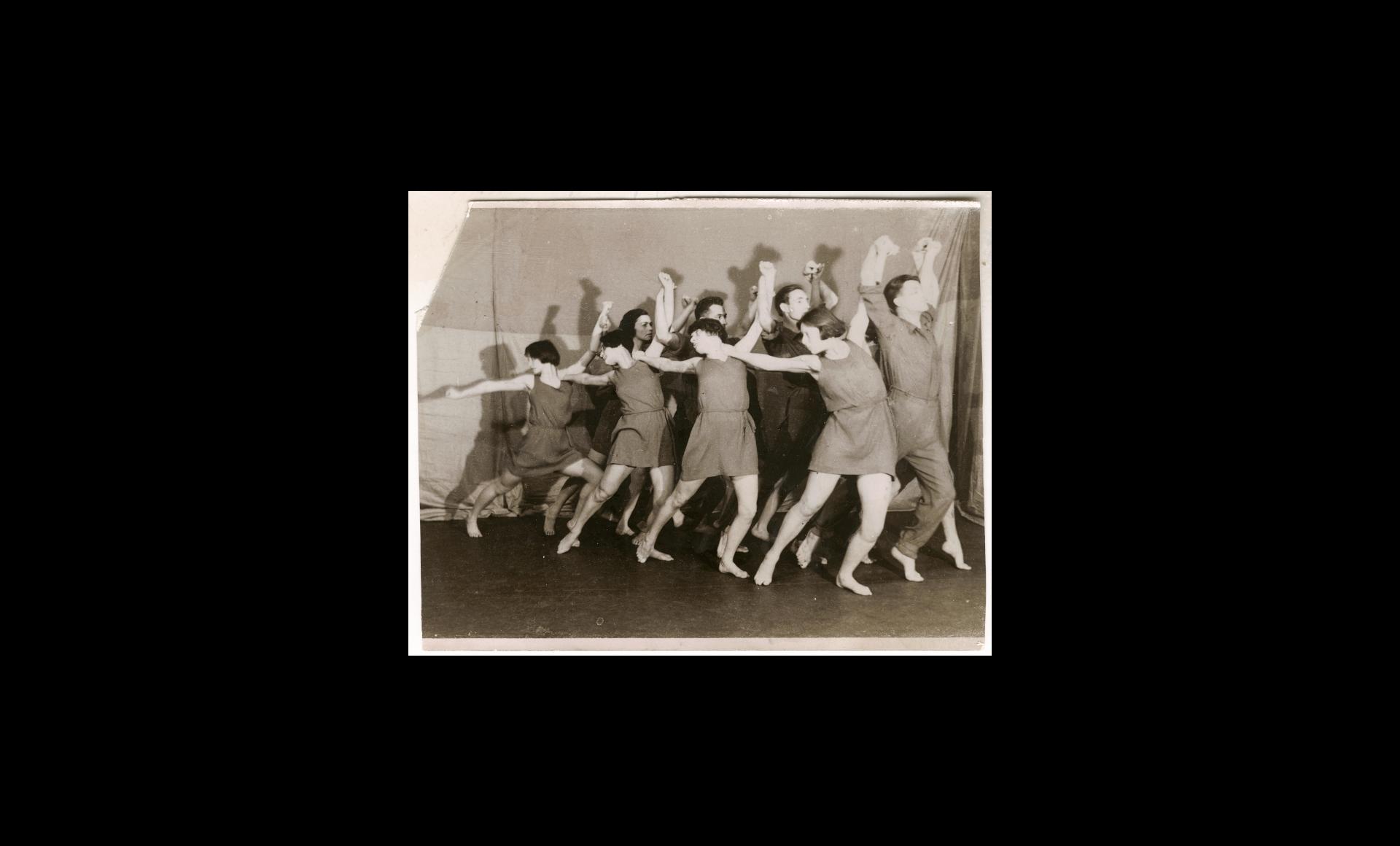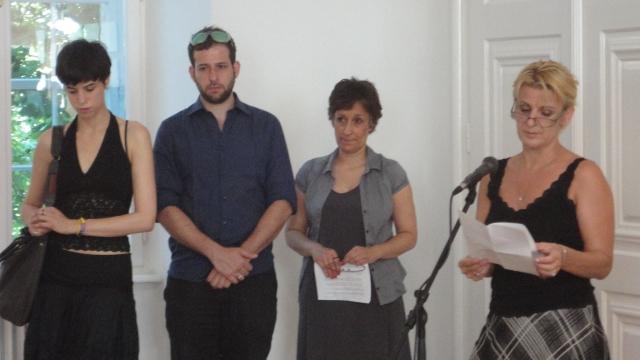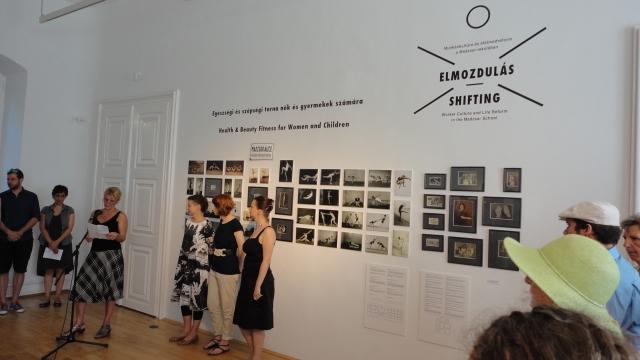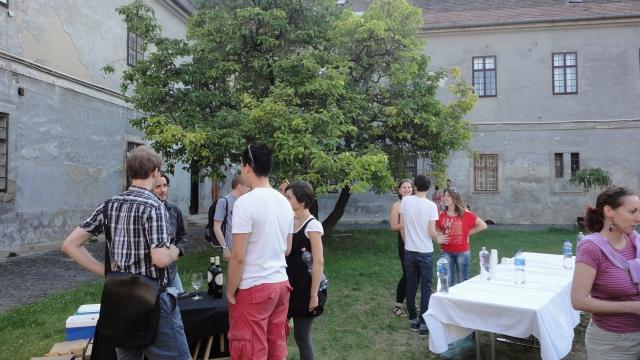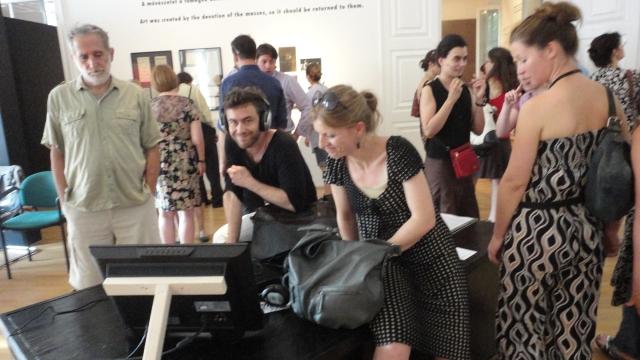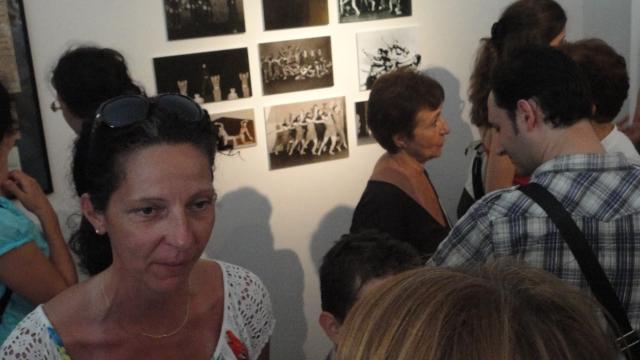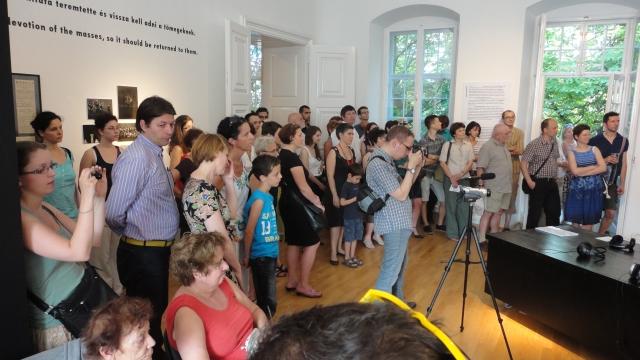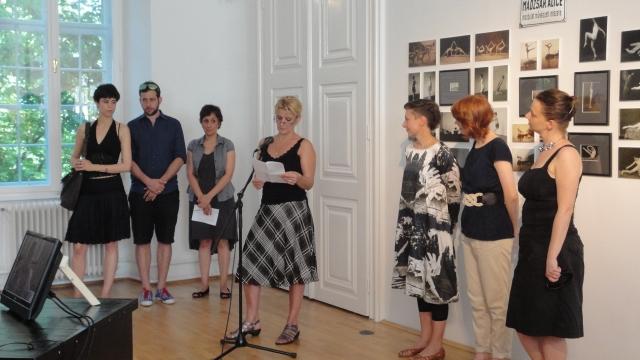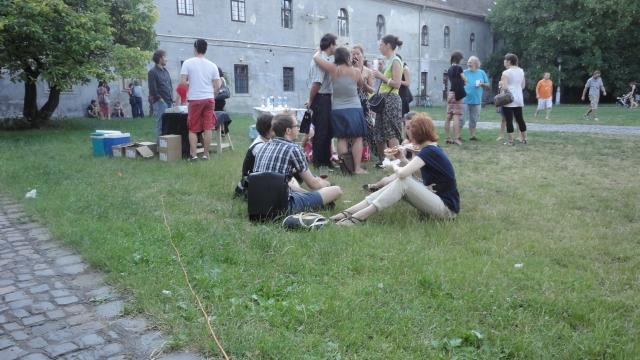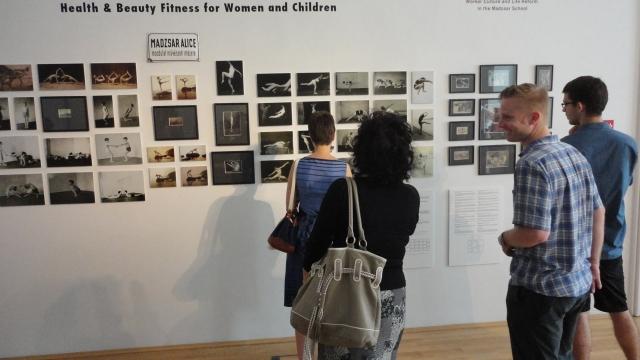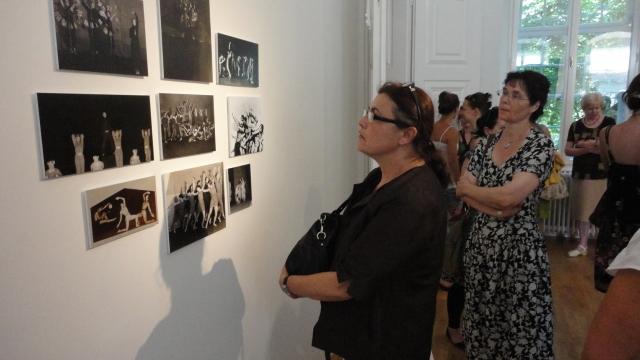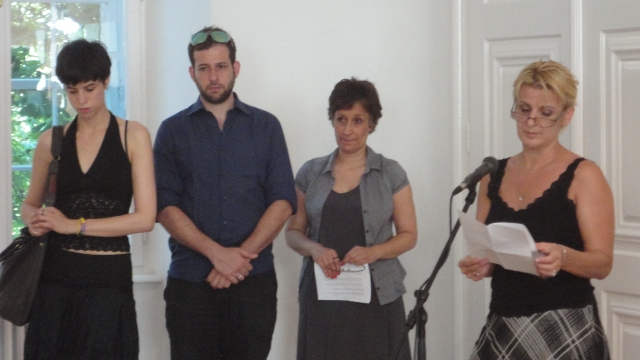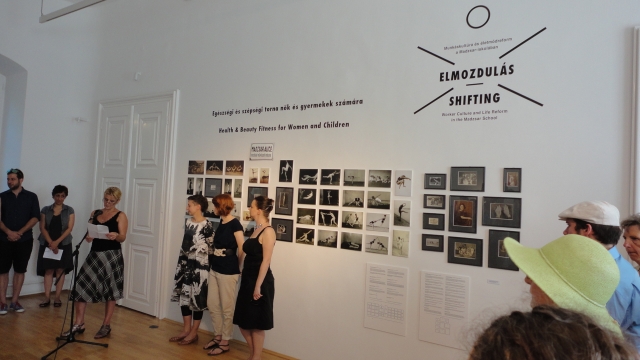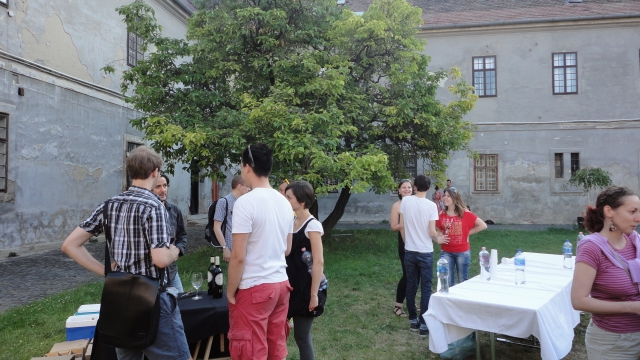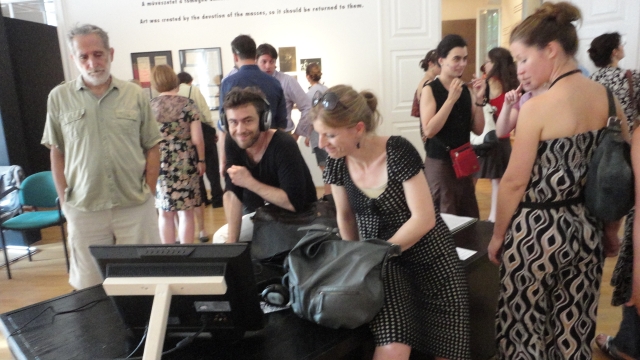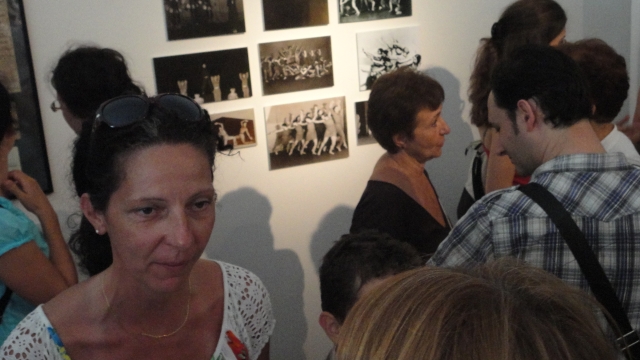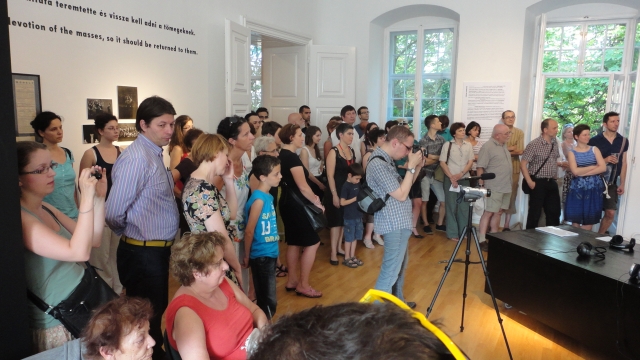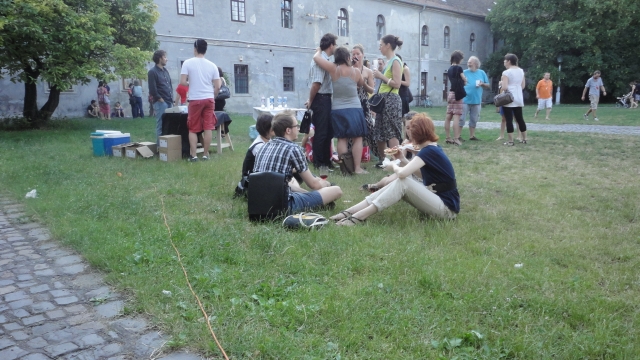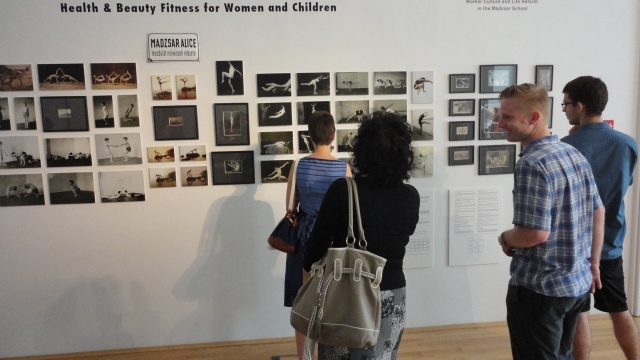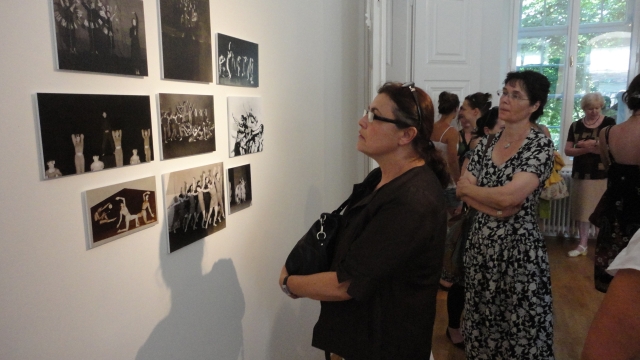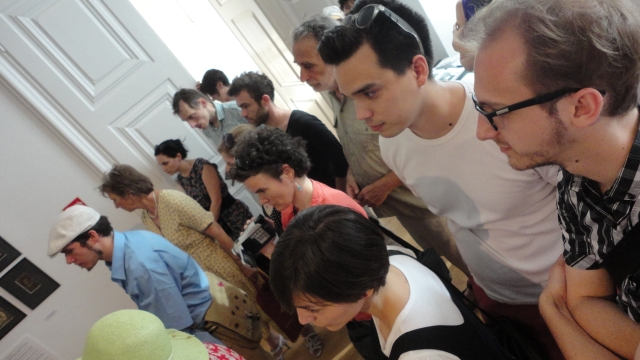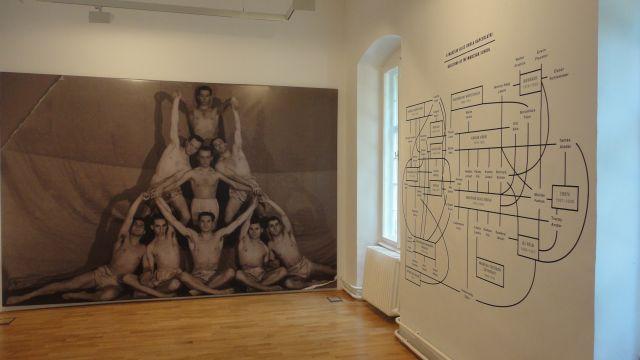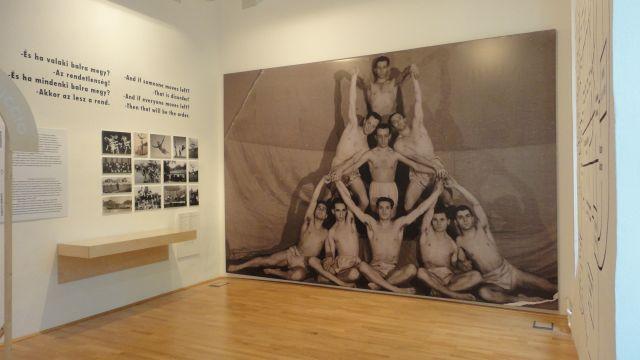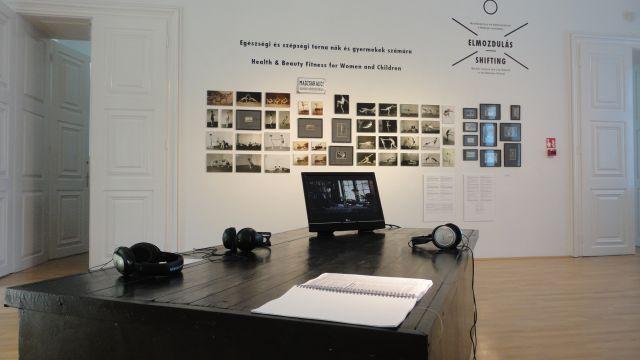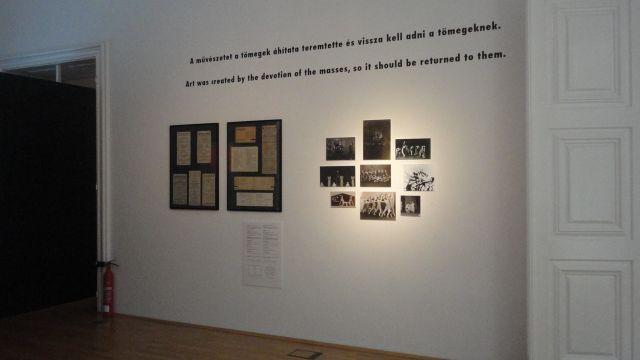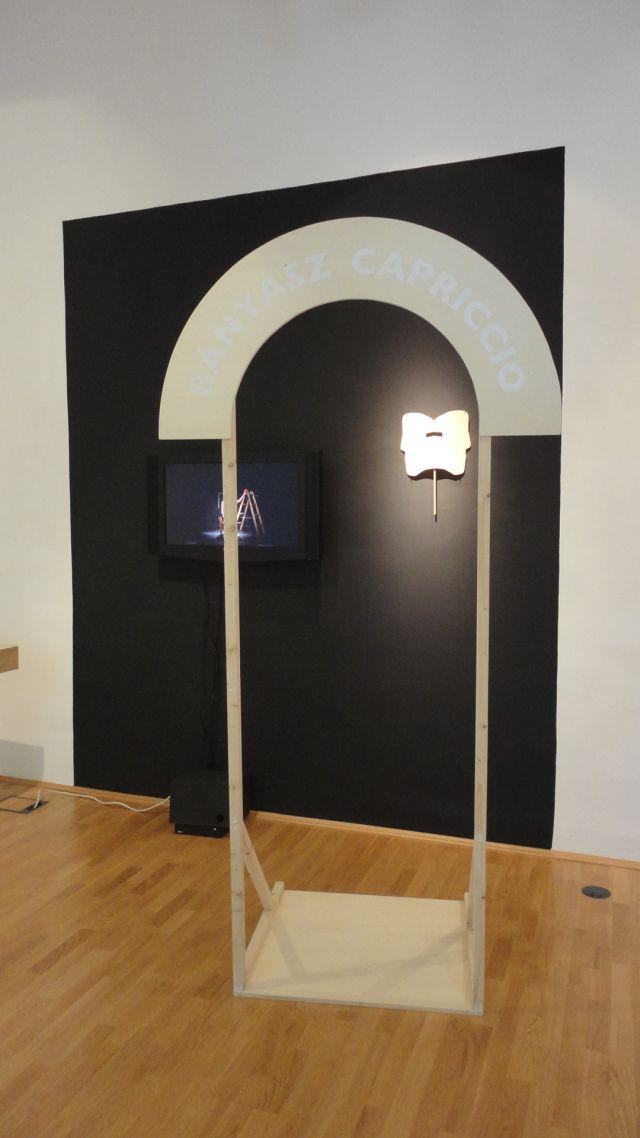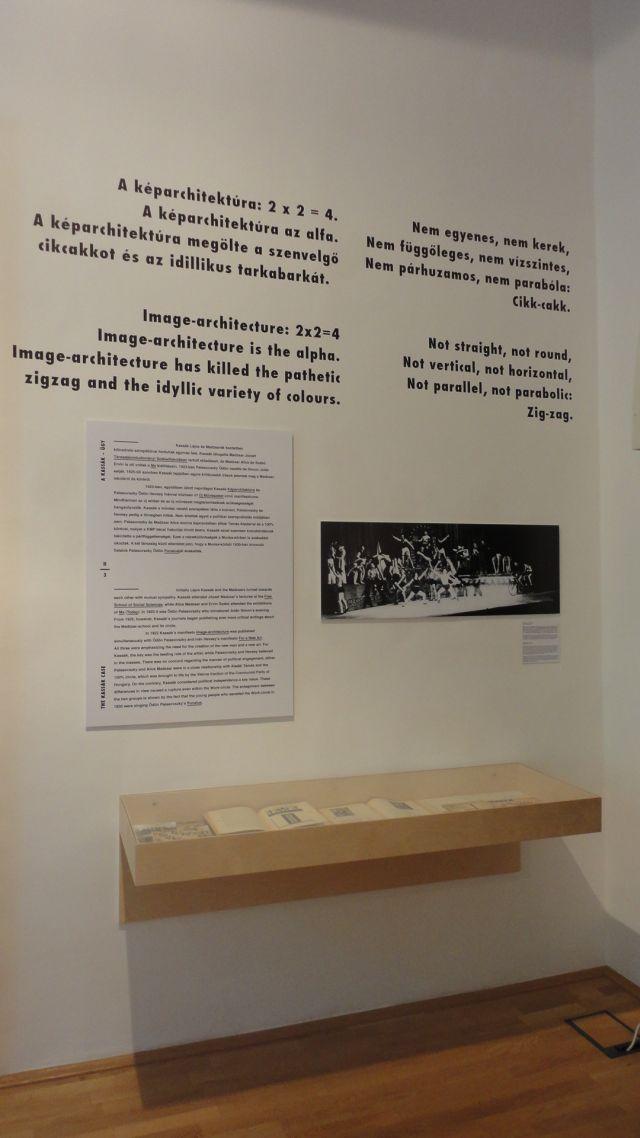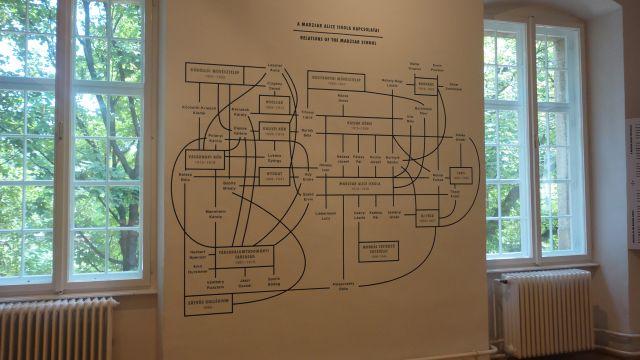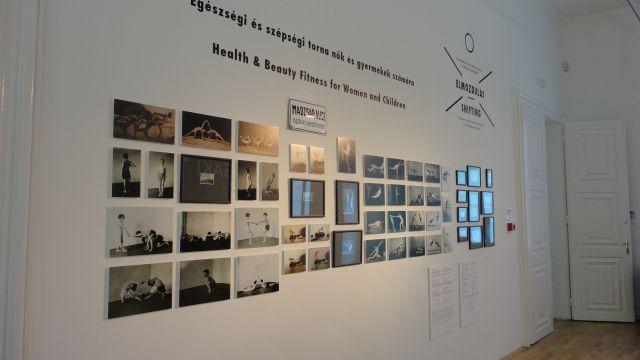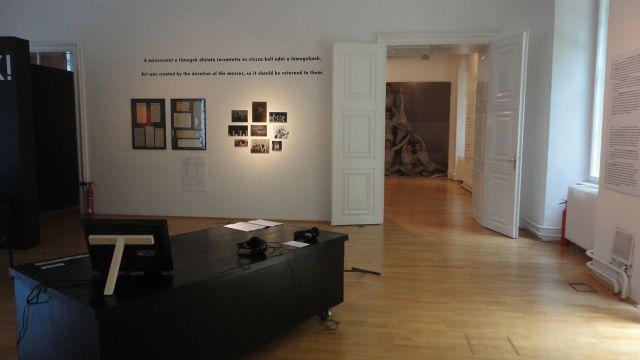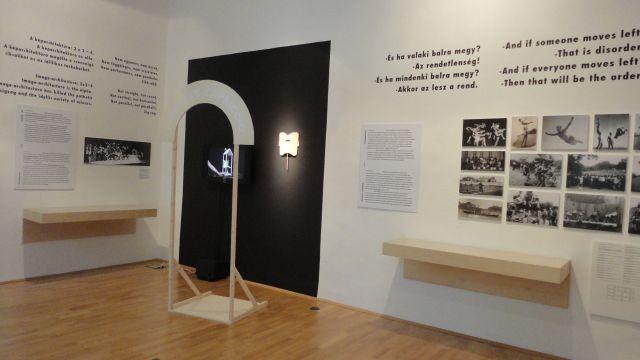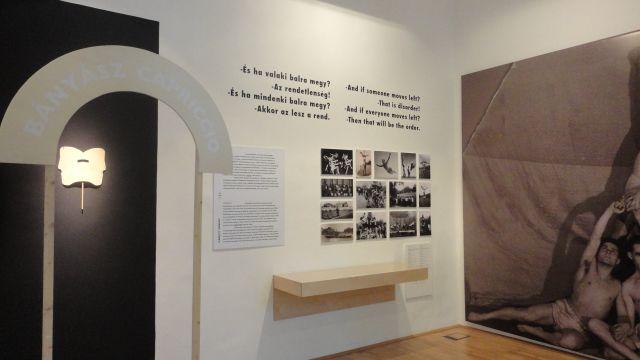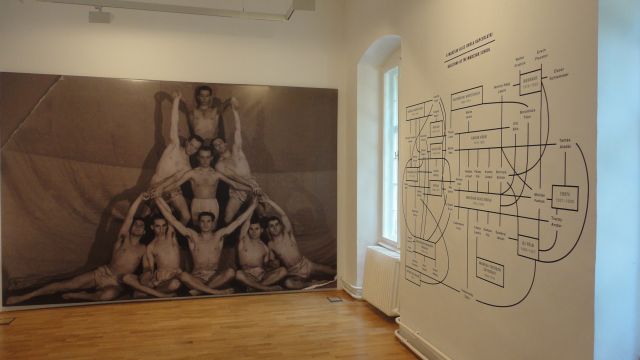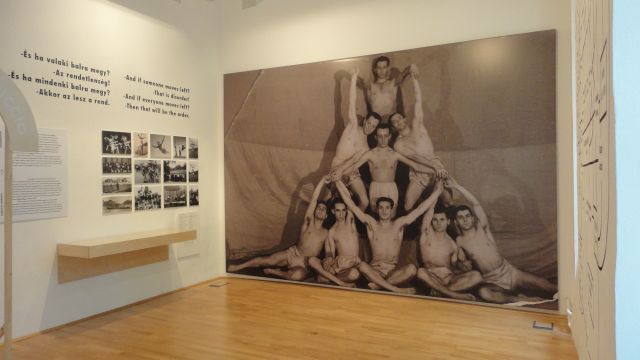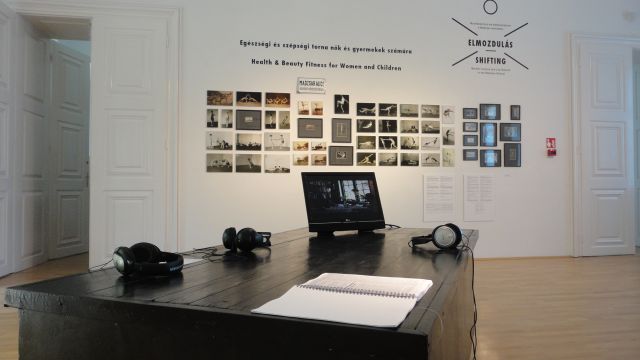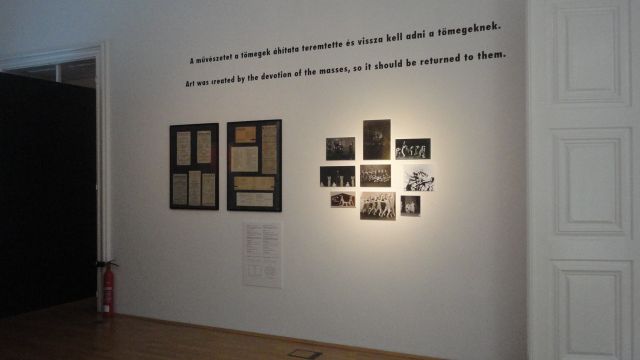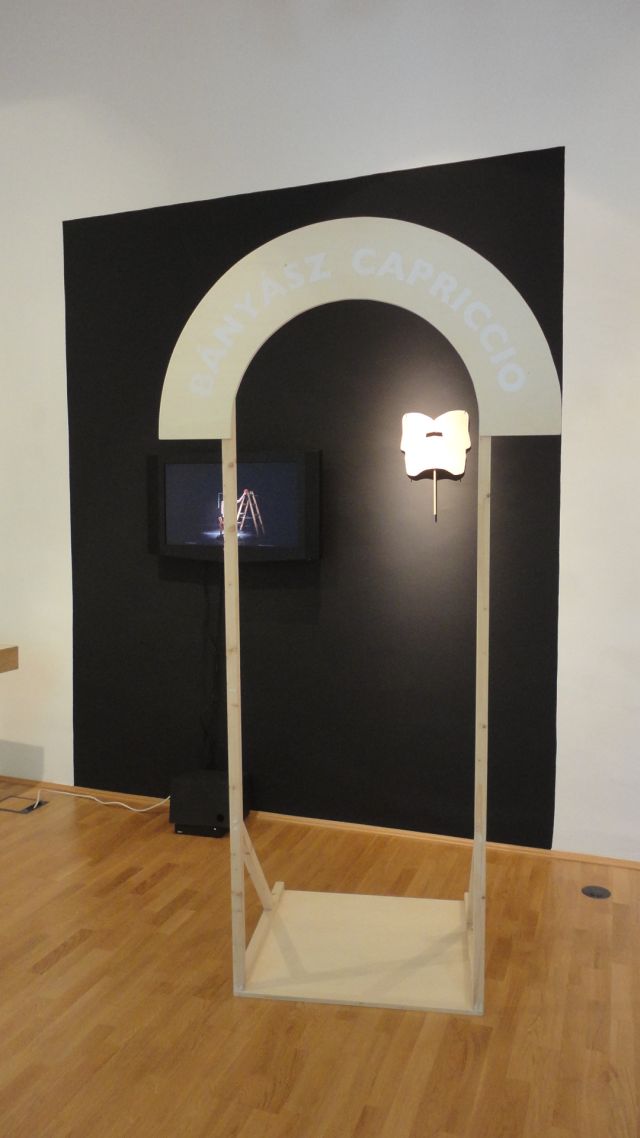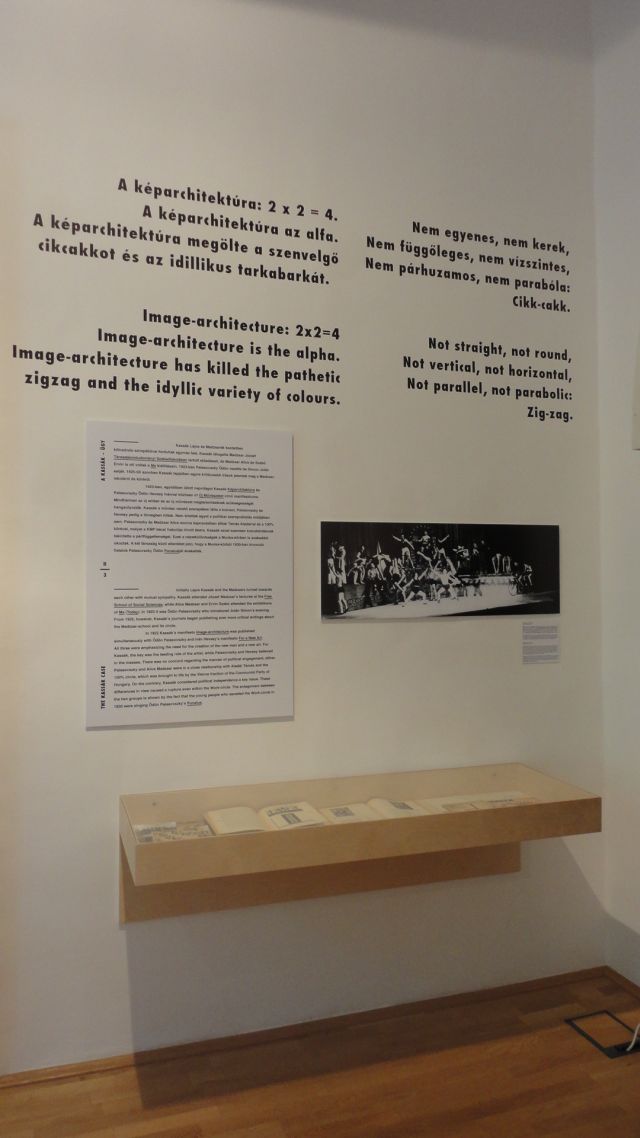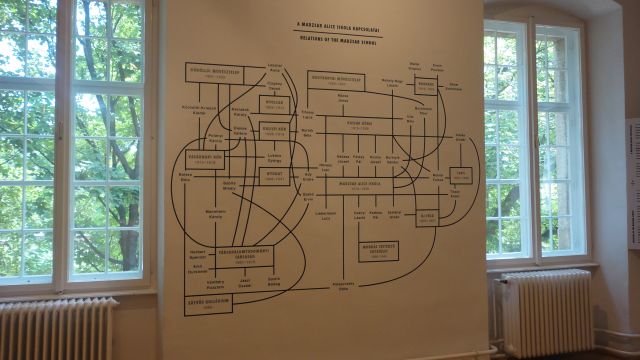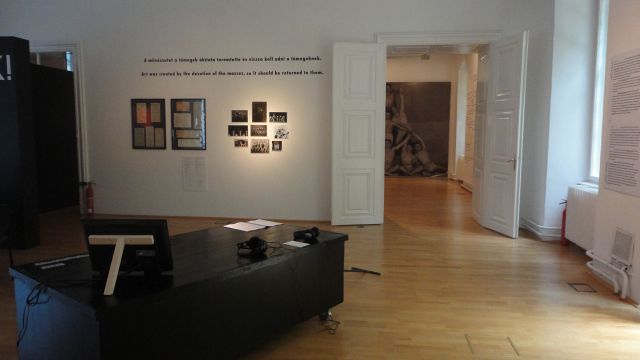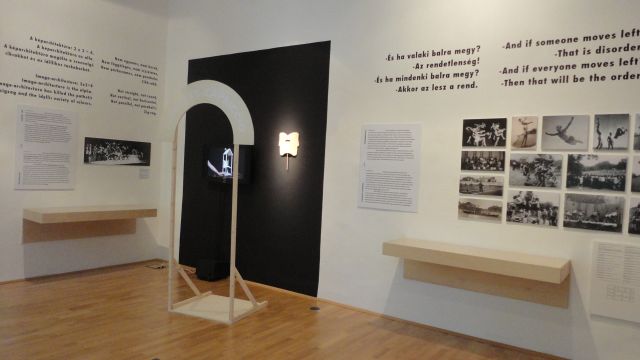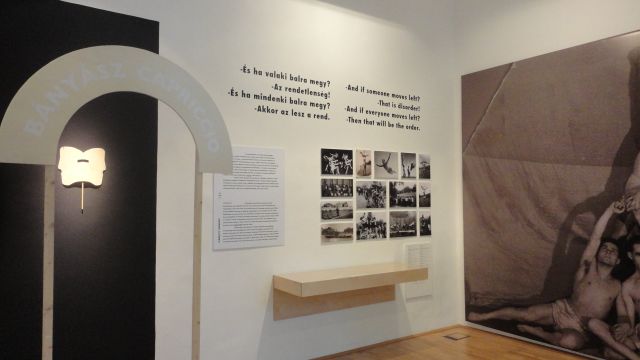Shifting
The Petőfi Literary Museum – Kassák Museum cordially invites you to the opening of the exhibition titled
Life Reform and Social Movements in Modernity I.
Shifting. Worker Culture and Life Reform in the Madzsar School
at 5pm on 22 June 2012 in the Kassák Museum.
Opening speech: Sisso Artner, journalist, dance critic
Participating artists: Márta Ladjánszki, dance
Zsolt Koroknai, music
Contemporary art: Katarina Šević artist and Tehnica Schweiz artists’ group
Curator: Judit Csatlós
Assistant curator: Anna Juhász
The exhibition is on view until 30 September, 2012.
Openig hours: Wednesday – Sunday: 10am – 17pm
The exhibition is part of the event series KASSÁK YEAR 20!2.
Supported by the National Cultural Fund of Hungary
Cooperative partners: Repiszky Tamás, Kassák Foundation, Ferenc Kiss Collection, L1 Association, Hungarian National Museum – Historical Photo Collection, National Széchenyi Library, Hungarian Theatre Museum and Institue – Dance Archive, Parallel Foundation
Related event:
A fringe event of the exhibition is Body Moving – Dance for All, a dance
class series in the courtyard of the Kassák Museum (Zichy Mansion).
The program for the popularization of dancing launched in 2009 offers
three occasions to try out various modern and contemporary dance
techniques and forms of movement that inspire contemporary dance. The
free classes held by excellent dance teachers can be joined by all
without any preliminary training.
Produced in cooperation with the Parallel Foundation and the Kassák Foundation.
Planned dates: 4-8pm on 5, 19, 26 August 2012
Introduction to the exhibition:
The Kassák Museum launches an exhibition series entitled Life Reform and Social Movements in Modernity. The first showing of the series – Shifting. Worker Culture and Life Reform in the Madzsar School – opens at the museum on 22 June 2012 with historical materials and reflections upon them by contemporary artists Katarina Šević and the Tehnica Schweiz group. On three Sundays in August the Body Moving group will put visitors on the move in outdoor classes in Dance for All!
In the late 19th century the social program of modernity permeated all walks of life. That was the period in which the “social” sphere got emancipated from the economic and political spheres as an independent area and the foundations of sociological thinking were laid. The questions of sociology had particularly great appeal to the progressive groups of the age, first of all to the cultural organizations of workers and middle-class intellectuals. The members of these groups were committed to the democratic reforms and embraced the cause of improving the social conditions of workers. With growing interest in “the social”, the concept of the individual also changed. The individual entered the stage of history as a social being, leaving behind his natural and supernatural determination. The exhibition fits into the Kassák Museum’s modernity research program and aims to provide a social context to the artistic endeavors of the time and to stimulate a reconsideration of the interrelation between avant-garde and worker culture.
The exhibition introduces Alice Madzsar’s school of movement art, particularly its activities related to the life reform unfolding in the early 20th century and the workers’ culture. Mrs József Madzsar born Alice Jászi developed an interest in body culture partly from her family background and partly from Swedish gymnastics she had learnt during her trips to Germany and Norway. Back home she opened a school in Budapest exactly a century ago in 1912 where she worked out a special system of movements.
Besides developing physical exercises for women, expectant mothers, children and workplaces, Alice Madzsar also greatly contributed to movement art. With her pupils she collaborated in the performances of Ödön Palasovszky’s avant-garde stage productions and in 1928 the Madzsar Art Ensemble was also formed. She worked together with leading artists of the age including Sándor Bortnyik, Farkas Molnár, István Szelényi, and József Kozma.
Madzsar summarized her method of gymnastics in her book of 1928 entitled New Roads in Female Physical Culture. She thought that women’s body culture could be an important instrument for women’s emancipation. Her school evolved into a workshop that did much for the equality of women. Open-minded, socially sensitive artists and scholars such as sociophotographers Kata Kálmán and Kata Sugár or the psychoanalyst Lucy Liebermann set out on their careers from this school of salient importance in that age.
From 1922 the Madzsar School and its pupils took part in programs at workers’ culture centers, collaborated with the 100% circle and the Workers’ Gymnastics and Sports Association. They were rivals of similar workers’ “choruses” including the Munka [Work] Circle led by Lajos Kassák.
The contemporary reflections to these historical facts are the works of Katania Šević and the Tehnica Schweiz group (Gergely László, Péter Rákosi) created for this occasion. In the focus of their interest are the utopias of modernity in an international perspective, from government-planned cities to the communal projects of kibbutzim. In their “theatre” starting with The Heroes of the Shaft (2011) they interpret the creative process as a collective activity; they re-create and re-interpret the real stories they explored with simple histrionic tools. Relying on the experience of collective creation, they probe into the question of theatrical space in the photo series shown in the exhibition. These works also reflect upon the idea of the collective, a central concern of Alice Madzsar’s stage endeavors as well.

